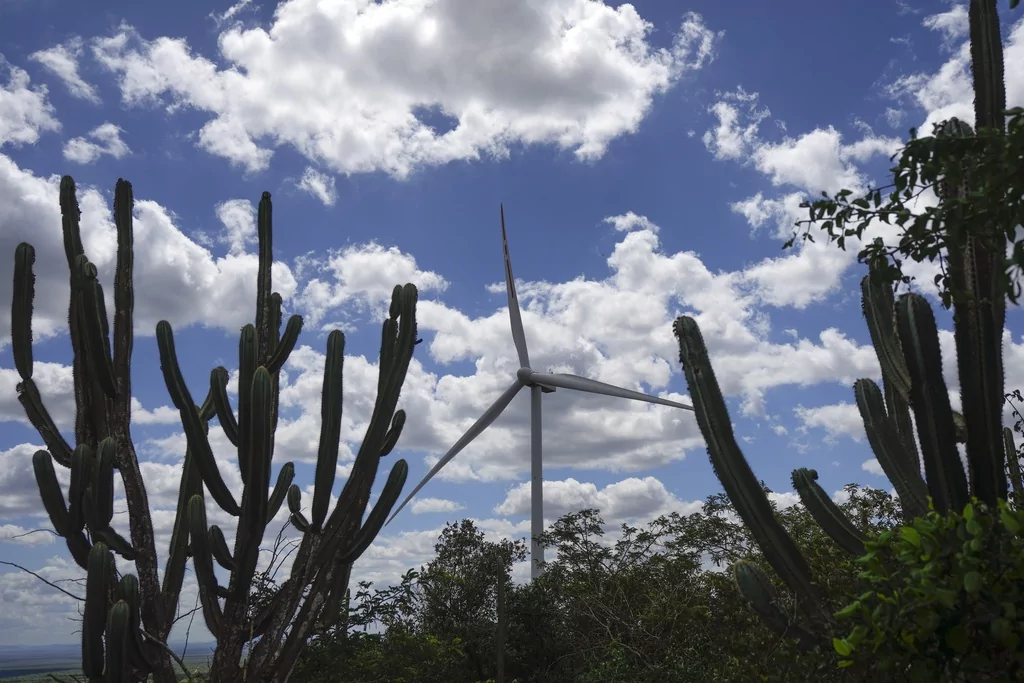Renewable energy growth is falling short of UN targets
October 9, 2024

Renewable energy is on track to generate half of all electricity supply around the globe by 2030 but is expected to fall short of U.N. targets to triple capacity the same year, the International Energy Agency said.
In a report released on Wednesday, the IEA estimated over 5,500 gigawatts of additional renewable energy capacity, primarily driven by solar and wind, will be operational by the end of the decade. Growing by 2.7 times since 2022, this additional capacity is set to surpass many countries’ current goals by nearly 25%, the Paris-based intergovernmental agency said.
“Renewables are moving faster than national governments can set targets for,” IEA Executive Director Fatih Birol said. “It’s increasingly because renewables today offer the cheapest option to add new power plants in almost all countries around the world.”
While the projected growth is an encouraging sign for governments, such as the Biden administration, that have prioritized electrification of electric grids and clean energy investments, the IEA revealed it is not enough to meet set goals.
During last year’s United Nations Climate Change Conference, more commonly known as COP28, over 130 countries, including the United States, signed the Global Renewables and Energy Efficiency Pledge, vowing to increase renewable energy capacity to at least 11,000 gigawatts, a threefold increase.
“Climate and energy security policies in nearly 140 countries have played a crucial role in making renewables cost-competitive with fossil-fired power plants,” the IEA wrote in the report. “However, this is not quite sufficient to reach the goal of tripling renewable energy capacity worldwide.”
To meet this goal, the IEA said, governments need to spend more on integrating renewable energy sources, strengthening electricity infrastructure, and renegotiating fuel contracts. The agency has also called for an accelerated phaseout of fossil fuel-powered plants.
The IEA also specifically recommended building 25 million kilometers, or 15.5 million miles, of electricity grids and reaching 1,500 gigawatts of storage capacity.
The agency admitted that in reaching the targets, many nations are facing hurdles, such as high costs for renewables and “limited policies encouraging uptake.” Still, the IEA pointed to policies issued in the U.S., Europe, and China that the agency said are driving nearly 40% of demand for renewables like hydrogen.
Additionally, by 2030, the IEA found that China will likely account for 60% of all renewable energy capacity.
While renewable energy sources are growing at record rates, industry experts have expressed concern that developments are falling short of rising electricity demand. In April, New York Independent System Operator Vice President of External Affairs Kevin Lanahan warned, “We need to grow the resources much quicker than we are.”
He indicated that the combination of increased demand and the phaseout of fossil fuels and coal will lead to an imbalance and energy shortages, according to Scientific American.
CLICK HERE TO READ MORE FROM THE WASHINGTON EXAMINER
“We’re concerned about that growing imbalance, and we need to site more resources on the system to fill this growing gap,” Lanahan said.
Earlier this year, grid operator PJM Interconnection also pointed to this as the reason for raising its rates by more than 800%.
Search
RECENT PRESS RELEASES
Related Post



